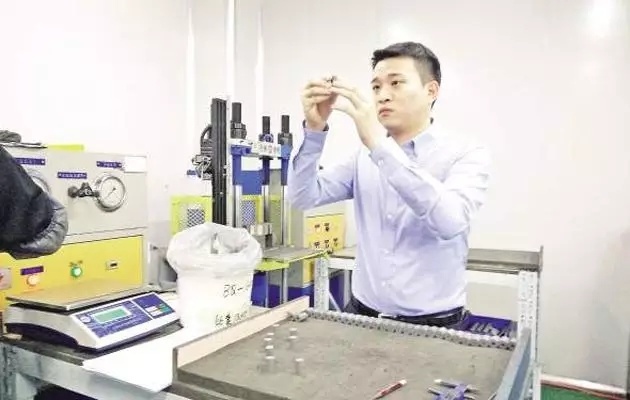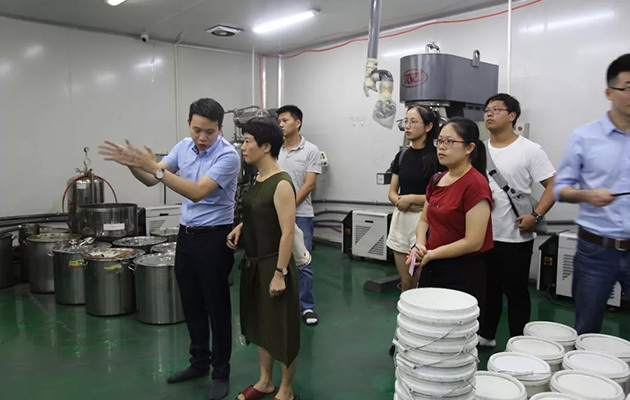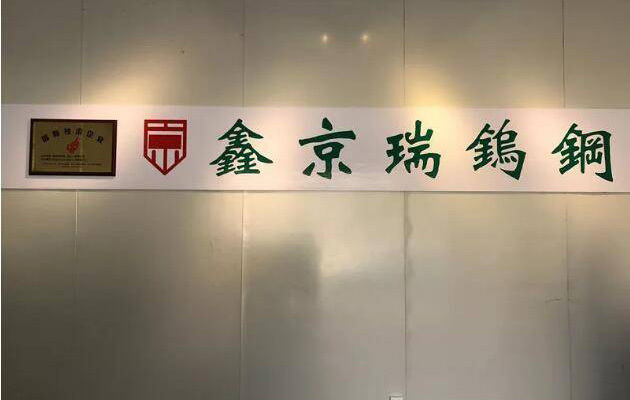15
2022
-
12
New trend: use multi-process fusion to develop 3D printing multi-material gradient alloy
Author:
STREAMARY
Gradient material is a new type of composite material with continuous gradient changes in composition and structure of two or more materials; It requires that the function and performance change with the change of internal position to realize the function gradient.
Gradient material is a new type of composite material with continuous gradient changes in composition and structure of two or more materials; It requires that the function and performance change with the change of internal position to realize the function gradient. In terms of combination, gradient materials include metal/metal, metal/ceramic, metal/non-metal, ceramic/ceramic, ceramic/non-metal and non-metal/plastic. In terms of manufacturing technology, different process types have been developed for different material combinations, and 3D printing is one of them.
In previous articles, we have noticed that European multinational teams have launched joint projects to jointly promote multi-material and multi-process collaborative metal 3D printing.
In this issue, 3D printing technology refers to the practice of NASA, and introduces the practice case of using the optimal process combination to realize the gradient forming of multiple metals. Additive manufacturing has brought important design and manufacturing opportunities for developing rocket engine components with complex internal characteristics and thin walls. However, the mainstream technology is focused on manufacturing a single material, while the integral components in practical applications may be a combination of multiple materials. Therefore, the existing additive manufacturing process cannot completely optimize the application structure.
NASA's exploration of directional energy deposition technology has shown that additive manufacturing has brought considerable returns for saving costs and shortening the manufacturing cycle, while optimizing the weight and performance of parts. The composite of GRCop-84 copper alloy and Inconel 625 superalloy NASA began the LCUSP project in 2014 to explore the ability of using 3D printing technology to produce low-cost upper-level propulsion systems. In this project, NASA successfully demonstrated the ability to use laser powder bed fusion technology (SLM/L-PBF) to manufacture GRCop-84 copper alloy combustion chamber liner and use electron beam free deposition technology (EBF) to manufacture Inconel 625 cooling channel and outer wall on the thrust chamber liner.
This 3D printed multi-metal composite combustion chamber was successfully hot tested in 2018, and NASA further developed it into a mature bimetallic combustion chamber through cooperation with industry.









